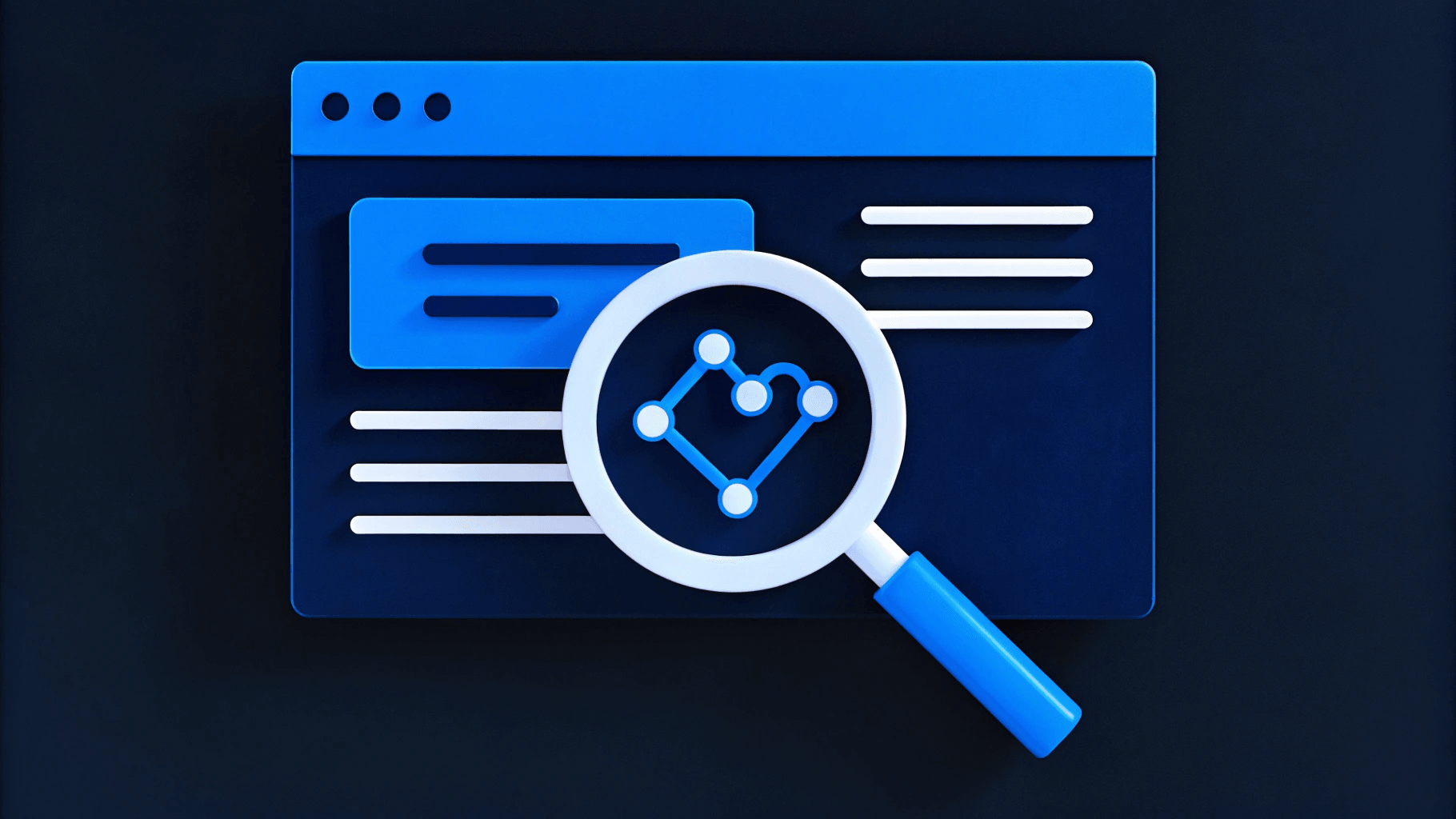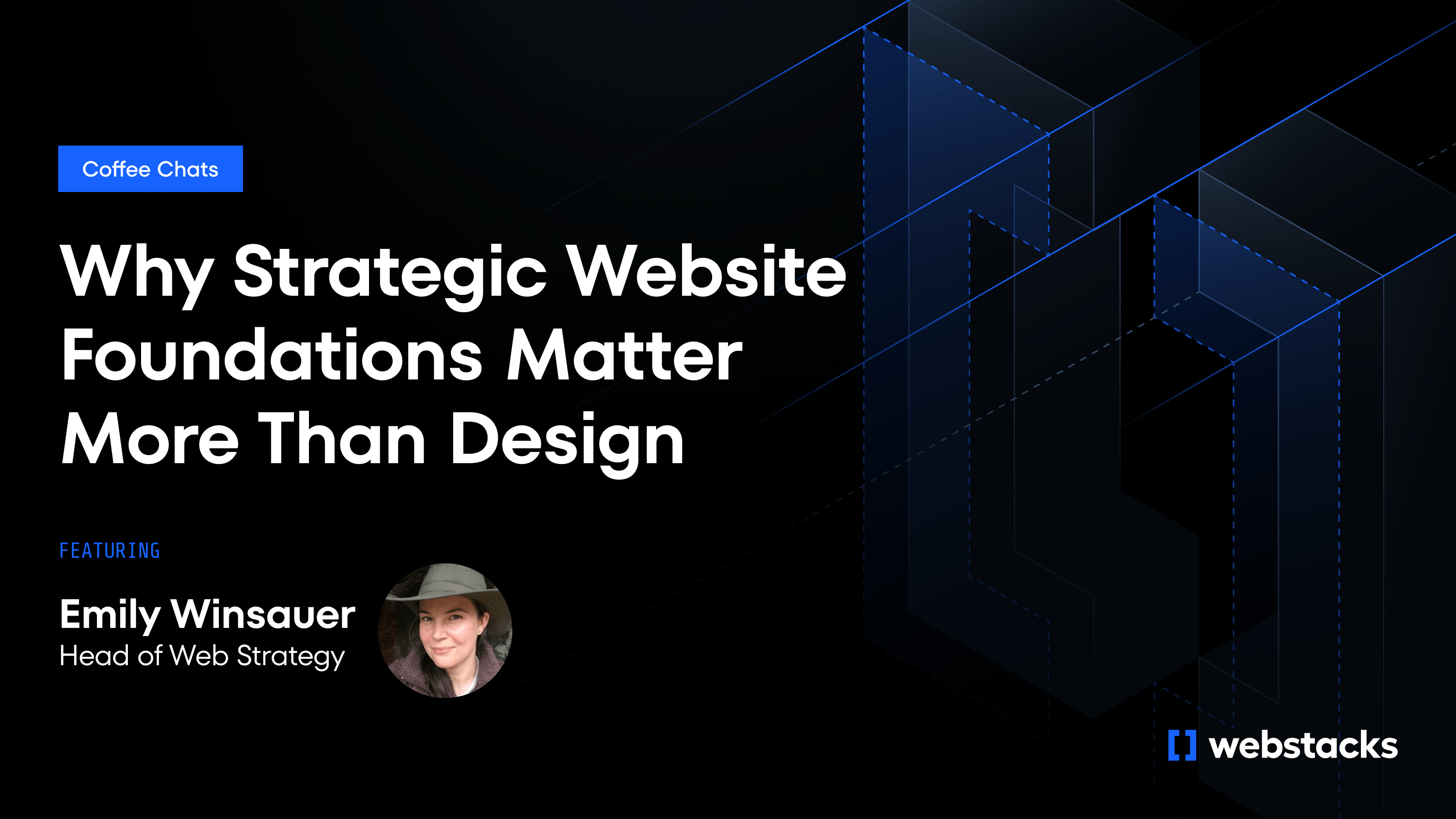Design changes are a given in any web build. What starts as a signed-off mockup often shifts once development begins, whether due to stakeholder input, content changes, or overlooked edge cases.
Without a clear process, even small tweaks can snowball. Each change adds development hours, QA cycles, and project management overhead. Timelines slip, budgets stretch, and teams end up chasing moving targets.
To avoid that spiral, you need a structured way to handle changes without resetting progress. That starts with treating your website as a modular system, not a linear build. When components are reusable and decisions are documented, updates become manageable instead of disruptive.

Step 1 – Triage and Clarify the Request
Triage is your first firewall against runaway scope. Use the same discipline as bug-triage: capture every change request in writing, tag it, and decide if it deserves deeper analysis.
Documenting the scope at this moment locks in the original agreement. Without it, small tweaks quietly snowball into new features. Apply a simple 24-hour rule: when feedback arrives, pause for a day instead of jumping into Figma immediately. Use that time to confirm what's being asked and why it matters to the business goal.
Mini Change-Request Template
- Feature description + business goal
- Links to mockups or inspiration assets
- Acceptance criteria (how you'll know it's done)
- Desired launch date
You should politely refuse hallway conversations or Slack DMs that skip the form. Written confirmation removes ambiguity when timelines get tight. Once recorded, rank each request High, Medium, or Low based on revenue impact or user risk. That single letter next to the ticket keeps teams aligned when priorities inevitably collide.
Step 2 – Impact Assessment: Time, Budget, Tech
While multiplying design hours by 1.5 and development hours by 2, then adding them together, can quickly yield a rough estimate, this method is a very informal heuristic and is not an industry-standard or formally defensible approach for project estimation.
Next, probe technical feasibility. Ask whether the request touches your core architecture— data models, APIs, deployment pipelines — or stays on the surface with typography, colors, or minor layout tweaks. Changes inside the core typically cascade into QA, content modeling, and release sequencing; flag them early.
While reviewing, map every dependency that might snap. Look for shared components, third-party scripts, or CMS content types. A single overlooked link can double the rework later. If your site runs on a composable, headless CMS foundation, the odds are in your favor. Modular services and atomic UI pieces isolate risk, so swapping one card or form rarely disturbs the rest of the stack. Platforms like Contentful already isolate risk at the data layer, making these updates safer and faster.
Step 3 – Facilitate a Change-Control Meeting
Once a request clears triage, pull key stakeholders into a change-control meeting. Formal review keeps the project from sliding into scope creep. Come prepared with the impact assessment and walk the group through clear choices:
- Accept the change in full. Work starts immediately, but expect the timeline and budget to expand accordingly.
- Defer to post-launch. Protects current milestones, yet postpones any value the new feature could generate.
- Split into phases. Critical elements ship now; nice-to-haves move to a later sprint, giving you flexibility without abandoning the idea.
End the meeting only after naming a single decision owner. Often, the product manager or client sponsor works best. This person has the authority to approve any budget or schedule shifts. Document the decision in your project tracker so everyone sees the updated source of truth.
Step 4 – Re-Plan Sprints and Resources
Once a design change is approved, you need to adjust your sprint plan to account for it. Without reworking priorities, teams risk overcommitting, missing deadlines, or letting critical tasks slip.
- Start by sizing the change: If it’s small and urgent, slot it into a short mini-sprint (3–5 days). If it can wait, place it in the regular backlog. For larger, time-sensitive projects, such as a layout overhaul or new feature, consider establishing a parallel workstream to avoid disrupting the current sprint.
- Use your project board to spot trade-offs: Visual task boards (like Jira or Linear) help identify conflicts and shuffle work cleanly. A good rule of thumb: if a change eats more than 25% of your current sprint, you’re likely better off bringing in extra help than delaying launch, especially if you're working under milestone-based billing.
- Build in slack without losing momentum: Leave 10–15% of each sprint unallocated for routine design or content tweaks. Create buffers around key milestones and look for tasks that can run in parallel to avoid bottlenecks. Non-critical features can often be pushed to a post-launch phase without real impact.
This step is about reallocating time and effort with clear trade-offs: deciding what gets bumped, what runs in parallel, and whether outside help is needed to stay on track.

Step 5 – Communicate Scope Changes Clearly
When scope shifts, silence causes confusion. Teams lose time chasing outdated specs or duplicating work. Misalignment at this stage creates a ripple effect: small blockers compound, and delivery confidence drops fast.
- Start with a brief summary of what changed, why, and what it affects. Post it in your main async channel, and update your task board or Jira tickets the same day.
- Add a short live check-in to catch questions early. A 15-minute huddle with design, dev, and product leads can surface blockers before they slow things down. During the first few days after a change, daily stand-ups help the team stay aligned.
All updates should link back to a shared source of truth. That way, anyone jumping in later gets the full picture without asking around. Recognize wins during the transition. A quick shoutout for someone who solved a tough bug or handled a tricky layout change goes a long way when the team is adapting.
Step 6 – Update the Single Source of Truth
When documentation falls behind, developers code from old specs, tickets go stale, and what should be a simple update turns into rework. Staying aligned means updating every system the team relies on, not just the design file.
- Start with the design system: If a component changes, update it in your Figma library and adjust any affected tokens. This ensures future designs inherit the fix instead of repeating the issue.
- Reflect the change in your project tools: Close outdated Jira tickets. Open new stories linked to the revised components, and adjust estimates if needed. Update the roadmap to reflect any new dependencies or shifts in scope.
- Don’t forget the client or stakeholder view: Post a short status note in your shared workspace or portal. A quick heads-up helps avoid surprise questions later.
- On the development side, isolate the change: Use a feature branch to avoid disrupting active work. Once the update is tested and approved, merge it cleanly and tag the release. That history makes it easier to track what changed and why.
Modular systems only stay flexible when changes are tracked everywhere they matter. Keeping your tools in sync prevents duplicate work, reduces risk, and protects your timeline as projects evolve.
Step 7 – Prevent Future Surprise Changes
Most design changes happen when expectations are unclear or key decisions aren't documented. You can prevent this with clear checkpoints, consistent reviews, and stricter controls over what gets built. Set the right guardrails early:
- Scope-alignment workshop before sprint 0 – Align on what’s in vs. out before work starts.
- Weekly design reviews with stakeholders and engineers – Catch misalignment while screens are still in progress.
- Formal sign-off at each milestone – Lock designs before development begins to reduce scope creep.
Once components move from Figma into code, require documentation before they ship. Use a gated component library; no element reaches production without an assigned owner, usage notes, and visual approval. This helps prevent one-off design tweaks from turning into permanent inconsistencies.
Technical structure matters too. Modular architecture lets teams isolate changes to specific parts of the site instead of triggering full-scale rewrites. For example, with a CMS like Storyblok, teams can adjust a single block without breaking surrounding layouts, reducing the risk of late feedback causing major disruption.
How Webstacks Can Help
The seven-step playbook only works if it's baked into how your team builds. At Webstacks, we apply these principles from day one to keep change requests from derailing timelines or adding unnecessary overhead. Here’s how we put it into practice:
- All decisions are documented. Every scope change is tracked in tools like Notion, Figma, and Jira—no verbal requests, no guesswork.
- Component-based development keeps changes isolated. Our modular libraries let you adjust one UI element without touching five others.
- Design and dev stay in sync. Weekly design reviews and sprint planning sessions include both sides of the table, reducing rework and late surprises.
- Design tokens and centralized styles reinforce consistency. Brand updates apply everywhere—no need to hunt through custom overrides.
- Governance is built into the process. Teams follow defined checkpoints to review, sign off, and deploy updates with full context.
We treat your website like a product: built to evolve. Our composable approach makes it easier to manage scope changes, experiment without risk, and keep work moving without compromising quality. Want to see how we do it? Reach out for a consultation today. We’ll show you how to turn mid-development changes into momentum, not blockers.




